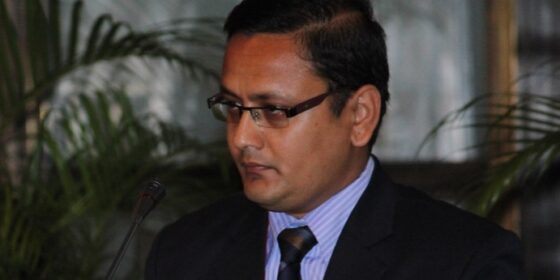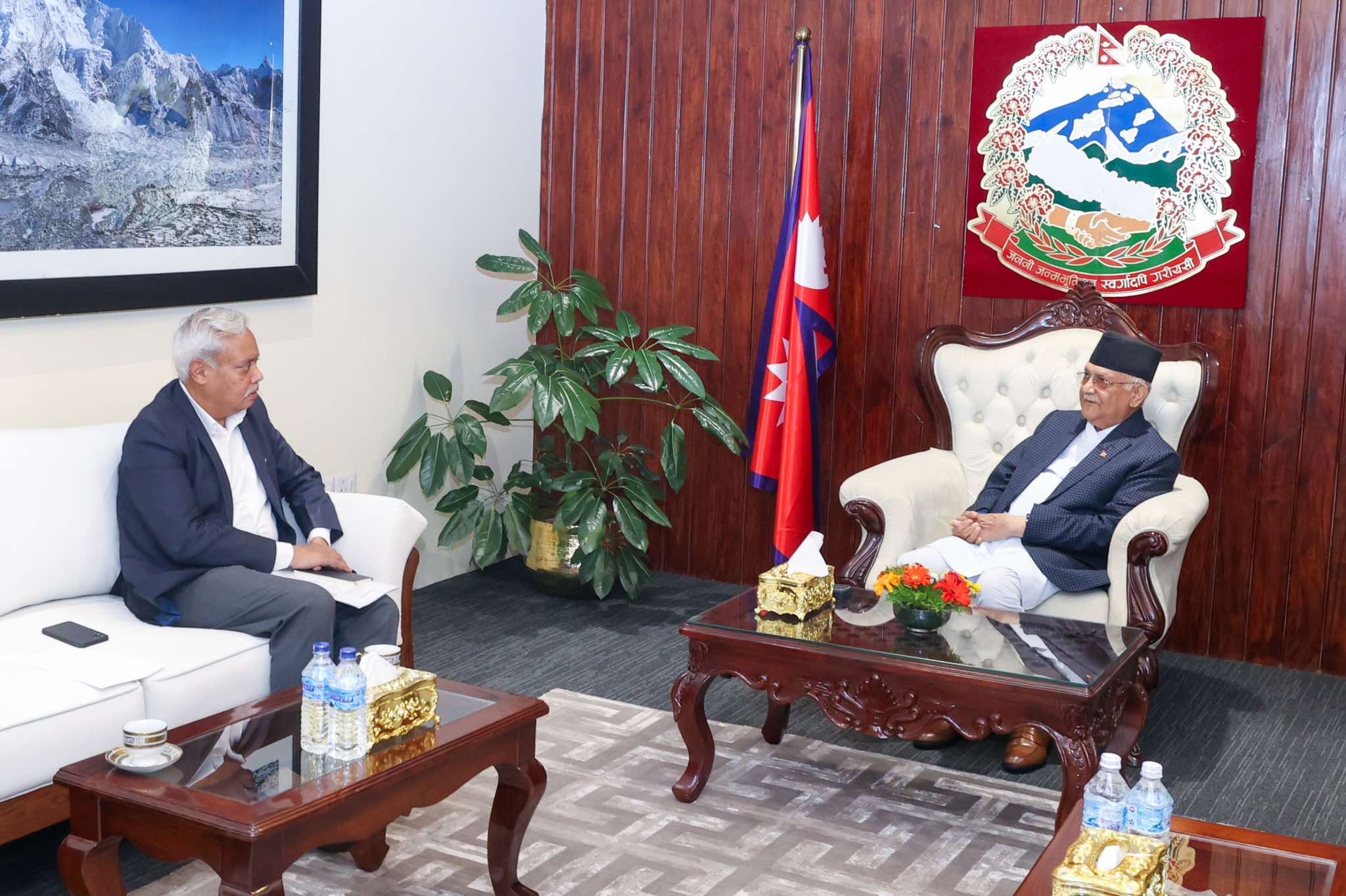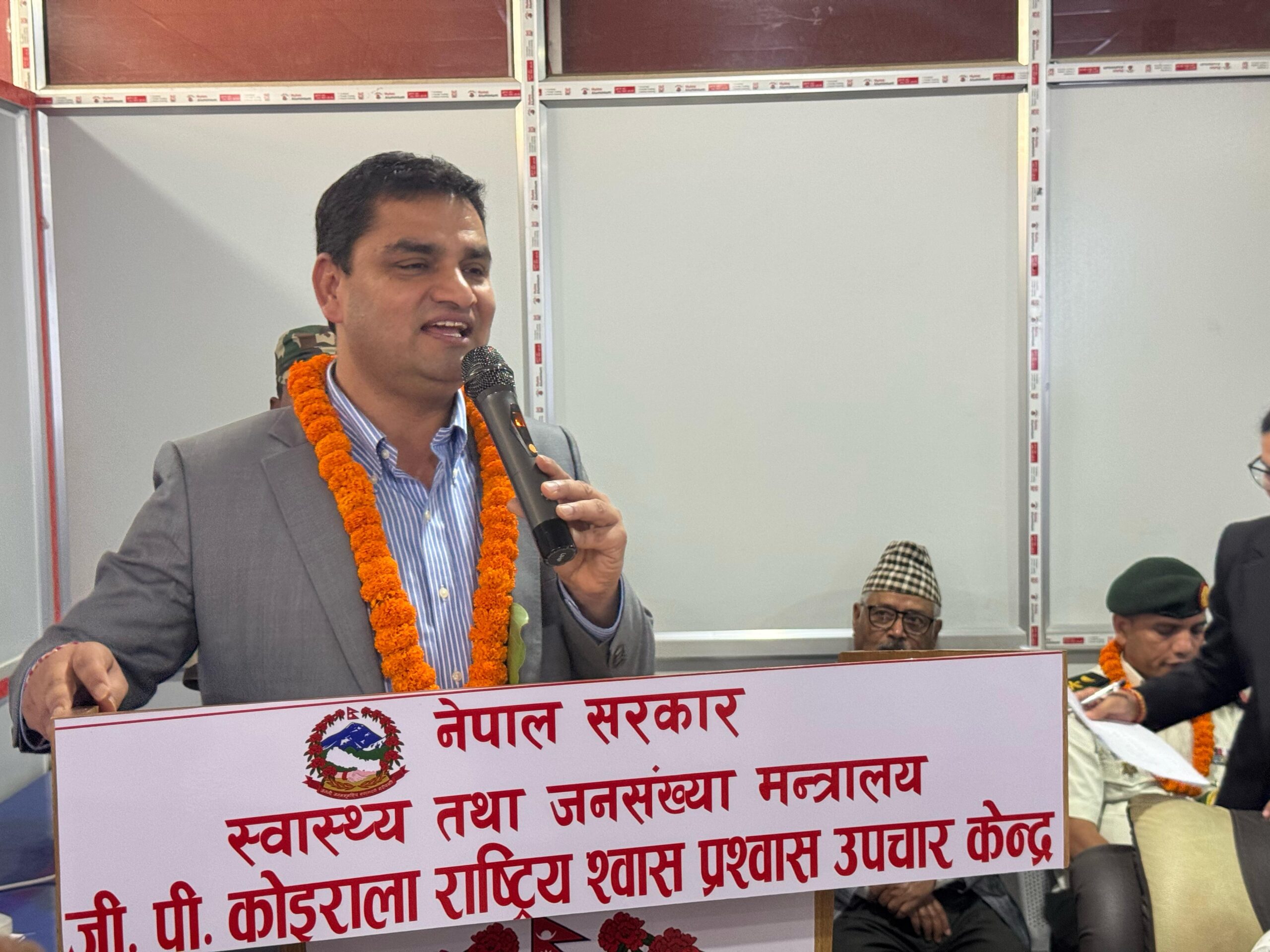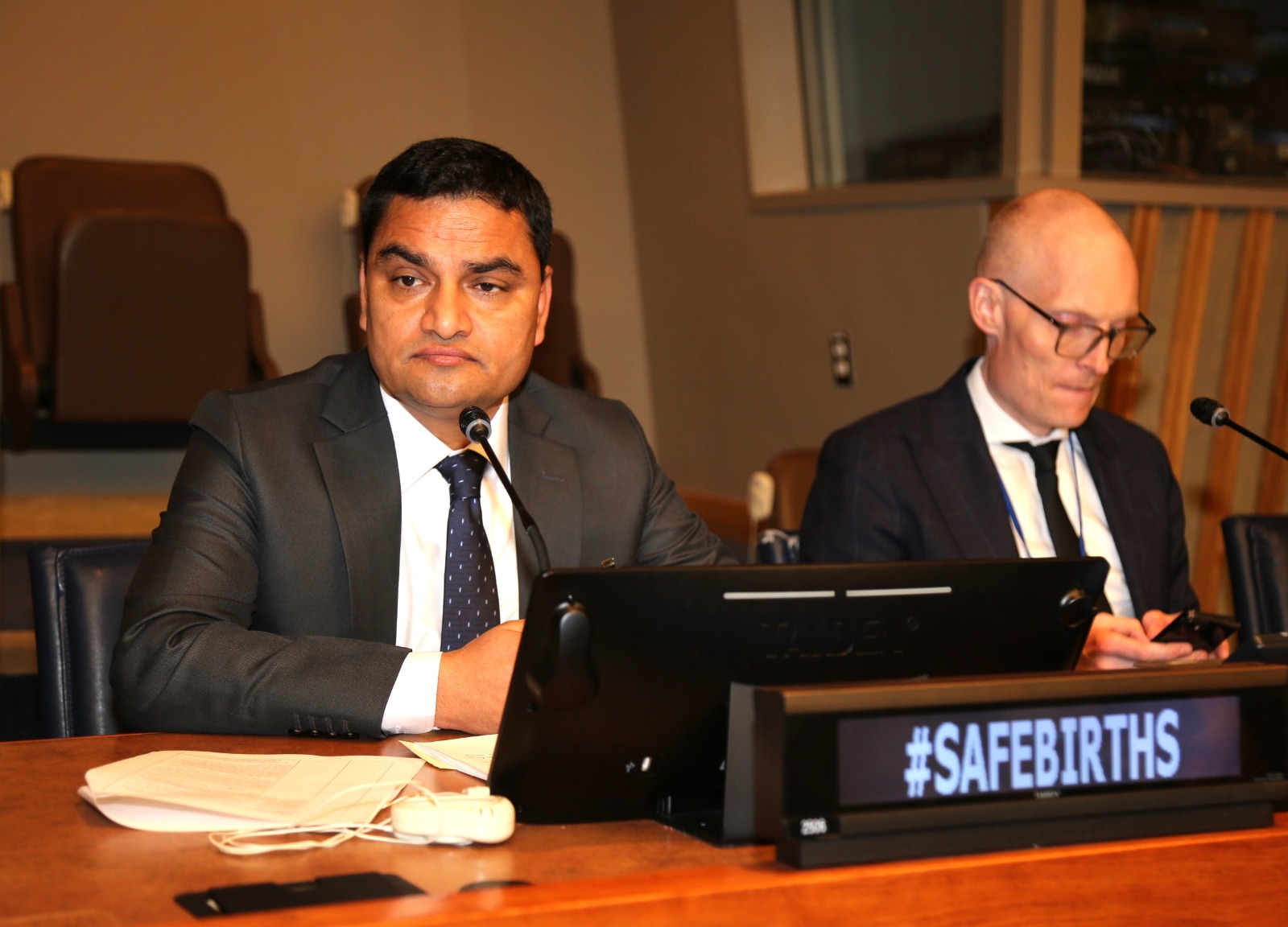
The year 2024, which ended in mid-July, saw improved economic performance, and the prospects for the current fiscal year, ending in mid-July 2025, also look promising.
As stated earlier, economic growth picked up in the last fiscal year, largely driven by the services sector.
The services sector made the highest contribution to GDP growth, followed by the agricultural sector. GDP is estimated to have expanded by 3.9% in the last fiscal year, up from 2% in the previous year. This growth was based on improvements in agriculture and increased electricity generation capacity. Agriculture grew by 3%, largely due to increased paddy output.
Paddy is vital to Nepal’s agricultural growth, accounting for nearly 70% of agricultural GDP. A good monsoon resulted in higher paddy output, which, in turn, boosted agricultural growth and overall economic growth. The performance of other crops, particularly winter crops, was also favorable in the last fiscal year.
The industrial sector grew by 1.3%, slightly down from 1.4% the previous year. This was primarily due to contractions in key sub-sectors such as construction and manufacturing. Manufacturing contracted for the second consecutive year, largely due to stagnant domestic demand, which led to low production capacity utilization. The construction sector also struggled, particularly due to low utilization of capital. However, the electricity sub-sector expanded by 17.4% as Nepal’s installed capacity
increased from 3,157 MW to 3,509 MW in the last fiscal year.
As mentioned earlier, the services sector’s growth was primarily driven by increased tourist arrivals. Tourist arrivals doubled to 4.5% in the last fiscal year, soaring by 30.7%, which supported key sub-sectors such as hotels and accommodation, domestic transportation, communication, and storage. This is also reflected in the higher credit disbursement to service-related industries.
On the demand side, investment was one of the key drivers of growth in the last fiscal year. Public investment, particularly in electricity generation projects and transportation infrastructure, increased. Private investment in sectors such as hotels, electricity generation, food production, and wholesale businesses also grew.
This was supported by the relaxation of monetary policy and a gradual improvement in investor confidence. However, private consumption grew modestly by 1% in real terms, as remittances remained steady and prices moderated.
Imports contracted significantly, and the contribution of net exports to GDP growth was lower compared to the previous fiscal year. Inflation subsided, largely due to the moderation of global prices and a decline in inflation in India. Nearly two-thirds of Nepal’s trade is with India, and due to the porous border and a pegged exchange rate regime, inflation in Nepal is closely linked to inflation in India. The depreciation of the Nepali rupee against the US dollar also played a role in inflation trends.
The annual average inflation rate fell to 5.4% from 7.7% the previous year. Both food and non-food inflation moderated due to stable wholesale and consumer price indices in India and lower growth rates in import prices and salary and wage indices. Annual food inflation averaged 6.5%, only slightly lower than 6.6% a year earlier. Prices for pulses, legumes, vegetables, and spices rose by 1.0%. Non-food inflation averaged 4.6%, with easing prices for housing, utilities, and transportation, partly due to the global decline in fuel prices.
Interest rates have been trending downward since last fiscal year.
The central bank’s tight monetary policy in FY2023 to combat inflation weighed on economic activity. However, with strong foreign exchange reserves, buoyant remittance inflows, and an increasing trade deficit, the central bank cut the policy rate by 50 basis points to 6.5%, further reducing it to 6%. The interbank interest rate, the operating target of the central bank’s monetary policy, also declined, impacting deposit and lending rates of commercial banks and financial institutions.
Despite falling interest rates, credit growth to the private sector was modest at 1.5% in FY2024. Private sector credit growth remained lackluster as businesses were already over-leveraged, and major infrastructure projects did not materialize in time. While internal credit growth slowed, the money supply grew by 13%, up from 11.2% in FY2023, driven by an increase in net foreign assets, which were buoyed by higher remittance inflows.
The non-performing loans (NPLs) of commercial banks, development banks, and finance companies have increased, reflecting rising financial imbalances. Despite significant credit exposure, the growth of the real sector, particularly manufacturing, has not materialized. This is a cause for concern, as the private sector’s credit-to-GDP ratio is one of the highest in South Asia but has not translated into real sector growth. Instead, it has fueled the stock and real estate markets.
On the external front, the balance of payments has improved, largely due to lower imports, higher remittances, and stable financial inflows. The current account balance turned into a surplus equal to 3.9% of GDP, reversing a deficit of 1.4% in the previous year. Remittances grew strongly, and foreign exchange reserves increased to $15.3 billion at the end of FY2024, providing 13 months of import cover for goods and services.
Despite the lifting of import restrictions and easing of credit controls, merchandise imports did not accelerate as expected, partly due to subdued domestic demand and declining business confidence. This affected overall revenue generation, with custom duties, value-added tax (VAT), and excise duties increasing compared to the previous year but remaining below FY2022 levels.
Lower expenditure and slightly improved revenue generation moderated the fiscal deficit to 4% of GDP in FY2024, down from 5.8% in FY2023. Public debt also declined marginally to 42.7% of GDP from 43% a year earlier, with both domestic and foreign debt-to-GDP ratios decreasing.
In recent years, the government has increasingly mobilized domestic debt, which has shorter financing terms and higher interest rates compared to external debt. This has led to a growing debt servicing burden, as reflected in the national budget, where a larger portion is allocated to financial management rather than capital investment.
Looking ahead, economic growth is expected to pick up to 4.9% in FY2025, driven by the recovery of domestic demand, acceleration of planned infrastructure projects, and revitalization of the tourism and services sectors. Agricultural growth is expected to reach 3.7%, supported by timely paddy plantation and improved access to essential farming inputs like chemical fertilizers.
Industrial growth is anticipated to reach 4.7%, supported by increased electricity generation capacity. The government has announced plans to add up to 900 megawatts by the end of this fiscal year. The construction sector will also expand as the Central Bank rolls out initiatives such as extending bank guarantees and loan repayment periods for construction-related projects.
Manufacturing is expected to gain momentum, driven by further reductions in interest rates and higher domestic demand. On the demand side, fixed investment will be a key driver of growth this fiscal year. Greater political stability, higher public capital expenditure as planned in the budget, and the National Development Council’s (NDC) final learning plan will enhance the overall investment scenario.
Credit to the private sector is expected to improve due to eased liquidity conditions and declining interest rates, which will also encourage private investment, aided by continued financial sector reforms. Private consumption expenditure will rise, supported by increased imports. Imports will also grow due to higher capital expenditure distribution.
Although exports of electricity to India are expected to rise under the 2024 trade agreement, net exports will still face challenges. The Central Bank’s targeted inflation rate of 5.5% is ambitious. Inflation is expected to remain within manageable levels, aided by normal harvests and a modest decline in inflation from India, Nepal’s major import partner.
However, inflationary pressures on housing and other sectors could emerge due to geopolitical tensions, which could push up prices globally. The current account deficit is projected to hover around 0.4%, reflecting increased imports, with a slight moderation in revenue. External risks will remain significant, with the current account deficit moving from a surplus of 3.9%.
Risks to the economic outlook are tilted to the downside, with a potential global economic slowdown that could hurt Nepal, particularly through its tourism sector, which relies heavily on Western countries. A slowdown in neighboring economies like India and China would also have a direct impact on Nepal, as two-thirds of Nepal’s trade is with India and 70% of its international trade is with China.
Additionally, any escalation in geopolitical tensions, especially in the Middle East, could directly affect Nepal’s oil imports and remittance inflows. Many Nepalese workers migrate to Gulf countries, and tensions in the region could impact migration flows, thereby reducing remittance inflows into Nepal.
The government has announced a series of initiatives this year to expedite capital projects, including amending the Public Procurement Act. However, if delays in these projects persist, it could negatively affect the projected growth rate for this fiscal year.
The utmost importance lies in the political instability, which will have a direct impact on the country. Political instability leads to policy inconsistencies, preventing planned or proposed policies and programs from being implemented in a timely manner. Additionally, Nepal is always at risk from natural disasters, as evidenced this fiscal year by flash floods, glacial outbursts, and landslides that have claimed lives and taken a toll on the economy.
Manbar Singh Khadka, Senior Economist at the ADB Resident Mission Nepal








